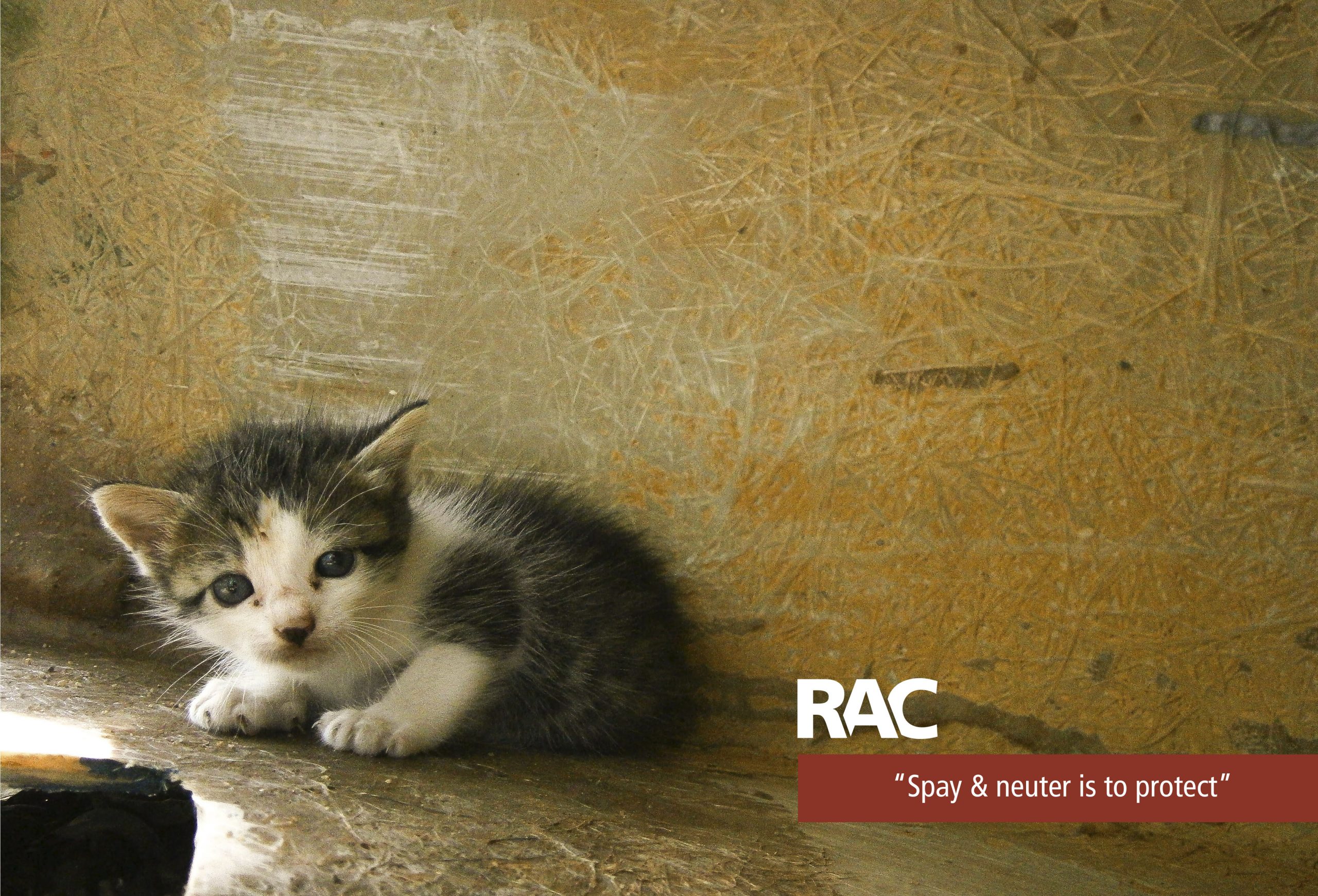Pediatric sterilizations have been carried out for 25 years in the United States, promoted by Dr. Lieberman at the ASPCA, after the impact that giving unsterilized puppies for adoption has on the great problem of abandonment (even in cases where they were given with a contract in which the subsequent castration of the animal was required).
Hoy en día, aunque aún resulta un tema controversial, se ha demostrado a través de múltiples investigaciones científicas, donde destacan universidades de la categoría de Cornell en Estados Unidos, que los beneficios son muy superiores a los riesgos, existiendo inclusive protocolos anestésicos para tal procedimiento.
In this regard, we would like to make the following clarifications:
1. By spaying and neutering, it is more likely that puppies will be integrated into new families, that they will not be abandoned in their development as is the case in the country with hundreds of female animals who are thrown out for bringing in new puppies.
2. La esterilización pediátrica es una técnica quirúrgica implementada desde hace más de 25 años en Estados Unidos en diferentes organizaciones humanitarias para garantizar que ningún animal dado en adopción se convierta en un factor contribuyente al gran problema de sobrepoblación a nivel mundial.
3. La técnica de esterilización pediátrica se define como toda aquella cirugía que se realice previa a los 6 meses del cachorro. Recordemos que en sus inicios, la misma generó mucha conmoción y hoy en día poseemos una nueva cultura animalista donde además de avalarse, se recomienda por los múltiples beneficios para la vida del cachorro.
4. The anesthetic and surgical protocols for pediatric sterilization were designed, standardized and published in the Journal of the American Veterinary Association (JAVMA) since 1993. Today the American Veterinary Association (AVMA) recommends it as a practice for shelters and private clinics in an effort to reduce overcrowding and the benefits it provides.
Our procedures and decisions are not based on whims: we have been working in the country since 2007 and fortunately we have veterinarians specialized in these procedures in our team and they are constantly updated. Likewise, the RAC has sent almost all of its veterinarians and Members to train in the Almirante Brown Municipality of Argentina, which is the first non euthanasic municipality in Latin America, as well as has carried out exchanges with Mckee Panama and Costa Rica in the area of medical-veterinary advances and ethical population control programs. Thanks to these exchanges, today Venezuela has the Lifesaver Program of the RAC that implements pediatric sterilization, free of charge and at a campaign pace, a model that we carry out in a responsible manner and which also has a free post-operative care service that would be unsustainable if it were not for specific cases.
In these almost ten years of work at the forefront in Venezuela, the RAC has broken paradigms that have helped the massification of veterinary medicine with ethics and quality, helping animals that without having resources, today have assistance and support from an organization that grows by and for them.

